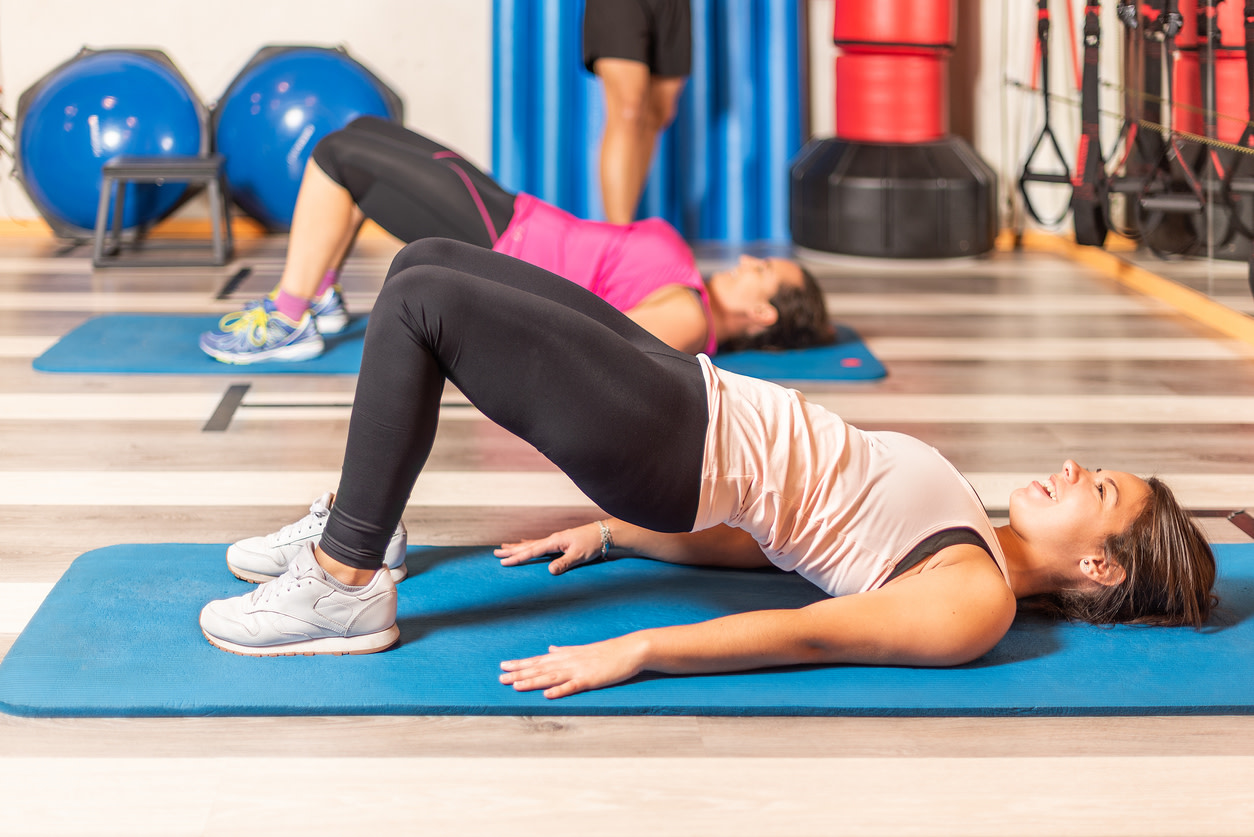12 hip extension exercises for stronger and more flexible hips
Hinge Health physical therapists share the top hip extension exercises and stretches to help you move more comfortably.
$0 costo para usted
Fecha de Publicación: Sep 30, 2025
El índice
1. Seated hamstring squeeze
Want expert care? Check if you're covered for our free program →Fully covered hip pain relief
Find relief from hip pain, buttock pain, hip tendonitis, & more.
Check if I'm eligible